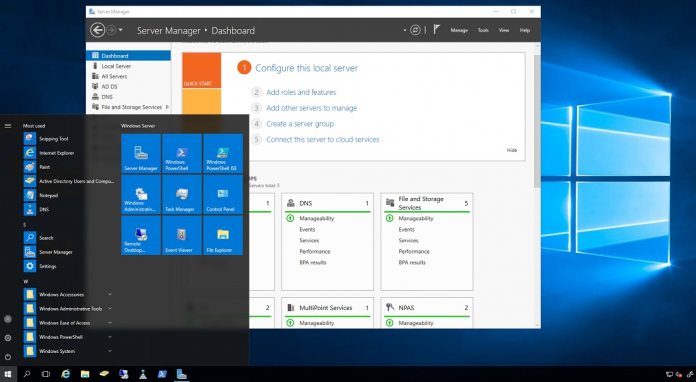While the latest version has moved to “general availability” Microsoft says organizations will have to wait a while. Equipment manufacturers should take a few months to launch compatible hardware. The newest version of Microsoft’s server-based operating system will come in three editions: Standard, Datacenter, and the small business-focused Essentials. Customers can get the platform through various methods. Testers can get the update through Microsoft Evaluation Center, or through the Volume Licensing Service Center by Windows Server customers. Finally, if you want to run Windows Server 2019 on virtual machines, it can be accessed through the Azure Marketplace. Arguably the biggest news today is why Microsoft decided to skip the RTM of Windows Server 2019. Cosmos Darwin, a senior program manager for the Core OS team, says reflects the growth of virtual machines: “Windows Server 2019 is the first version to skip the classic Release To Manufacturing (RTM) milestone and go directly to General Availability (GA). This change is motivated by the increasing popularity of virtual machines, containers, and deploying in the cloud. But it also means the hardware ecosystem hasn’t had the chance to validate and certify systems or components before the release; instead, they start doing so today.”
Features
As we have reported previously, Windows Server 2019 is not about overhauling the platform. Instead, Microsoft says it is evolving the OS and building “on the foundation of Windows Server 2016.” Microsoft has previously said the new build focuses on security, application support, hyperconverged infrastructure, and hybrid support. Hybrid is a major part of the experience, allowing organizations to merge their own infrastructure with public cloud services. Microsoft is leveraging its Windows Admin Center as the core hub for controlling hybrid. Microsoft has confirmed the 2019 edition of Essentials will be the last to cater to small businesses of 50 devices or under, or 25 users and under.




